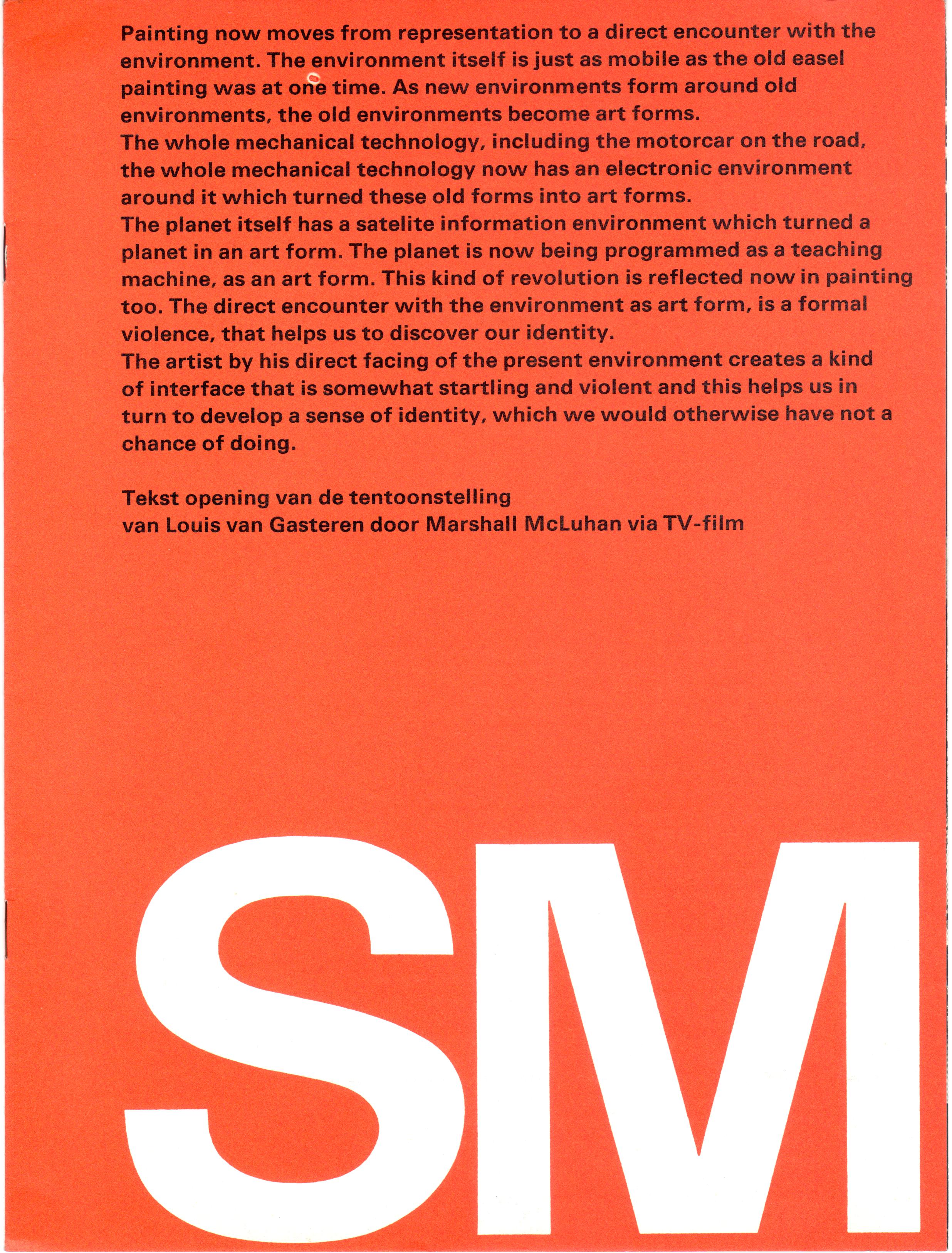We can, if we choose, think things out before we put them out. (Understanding Media, 1964, 49)
a burning would is come to dance inane. (FW 250 and the title of McLuhan’s 1970 documentary directed against the Spadina expressway.)1
Starting in the 1960s, both McLuhan and George Grant criticized what McLuhan called the “technological imperative” and Grant “the autonomy of technique”. This is the imperative that ‘If something can be done, it must be done’.
It is unclear which of the two first came up with the phrase or if both of them got it from someone else.2 Harold Innis, for example, must have formulated something of the sort decades before.
George Grant, ‘Protest and Technology’, 1966
The supreme example of the autonomy of technique is surely the space program. Vast resources of brains, money, materials are poured out in the US and in the USSR to keep this fantastic program proliferating. And it is accepted by the masses in both societies not only as necessary but as one of man’s crowning glories. One leader of the United States’ space program said that as we cannot change the environment of space, we will have to change man, and therefore we will have to produce beings with organs, half-flesh and half-electronic. If it can be done, it must be done and it surely will be done. This is what I mean by the autonomy of technique. The question whether technique serves human good is no longer asked; it has become an end in itself.3
McLuhan cited on ABC News in 1969
Bill Moyers: Mr. McLuhan said earlier that if something can be done it will be done.4
McLuhan, ‘Liturgy and the Microphone’, 19745
The ordinary evolutionary and developmental attitude towards innovation assumes that there is a technological imperative: “If it can be done, it has to be done”; so that the emergence of any new means must be introduced, for the creation of no matter what new ends, regardless of the consequences.
- McLuhan: “Joyce’s phrase ‘a burning would is come to dance inane’ is the essential theme of the Wake” (From Cliché to Archetype, 73). Joyce’s phrase was cited over and over again by McLuhan, four times in From Cliché to Archetype alone. A “burning would” is, perhaps, a ‘can’ presenting itself forcibly as a ‘must’? ↩
- Perhaps it was simply in the air. Charles Coulston Gillispie uses the phrase, apparently positively, to describe Galileo and his predecessors in his 1977 ‘The Liberating Influence of Science in History’: “knowledge finds its purpose in action and action its reason in knowledge, that if a problem can be solved, it should be solved, that if something can be done it should be done.” ↩
- Note from Grant’s CW3, 393: This address was entitled ‘Revolution, Responsibility, and Conservatism’ when it was delivered at the Toronto International Teach-ln held at Varsity Arena 8-10 October 1965. The CBC broadcast the speech on 10 October as ‘Revolution and Response’ on the radio series CBC Sunday Night; the Globe and Mail published excerpts on 12 October under the title ‘Stand on Guard for Independence’; and the entire speech appeared under the title ‘Realism in Political Protest’ in Christian Outlook 21:2 (Nov. 1965), later appearing with minor alterations as ‘Critique of the New Left’ in Our Generation 3:4-4:1 (May 1966): 46-51. The full text of the original address appeared again as ‘A Critique of the New Left’ in Canada and Radical Social Change, edited by Dimitrios l. Roussopoulos (Montreal: Black Rose Books 1973), 55, 57-61, and finally in William Christian and Sheila Grant, eds, The George Grant Reader (Toronto: University of Toronto Press 1998), 84-90. ↩
- Apollo 11: As it Happened, ABC News Panel on Moon Landing at 02:09f. Discussion panel in July 1969 with Howard K. Smith, Bill Moyers, Marshall McLuhan, and Ian McHarg, introduced by ABC News anchor Frank Reynolds. ↩
- The Medium and the Light, 114. ↩
